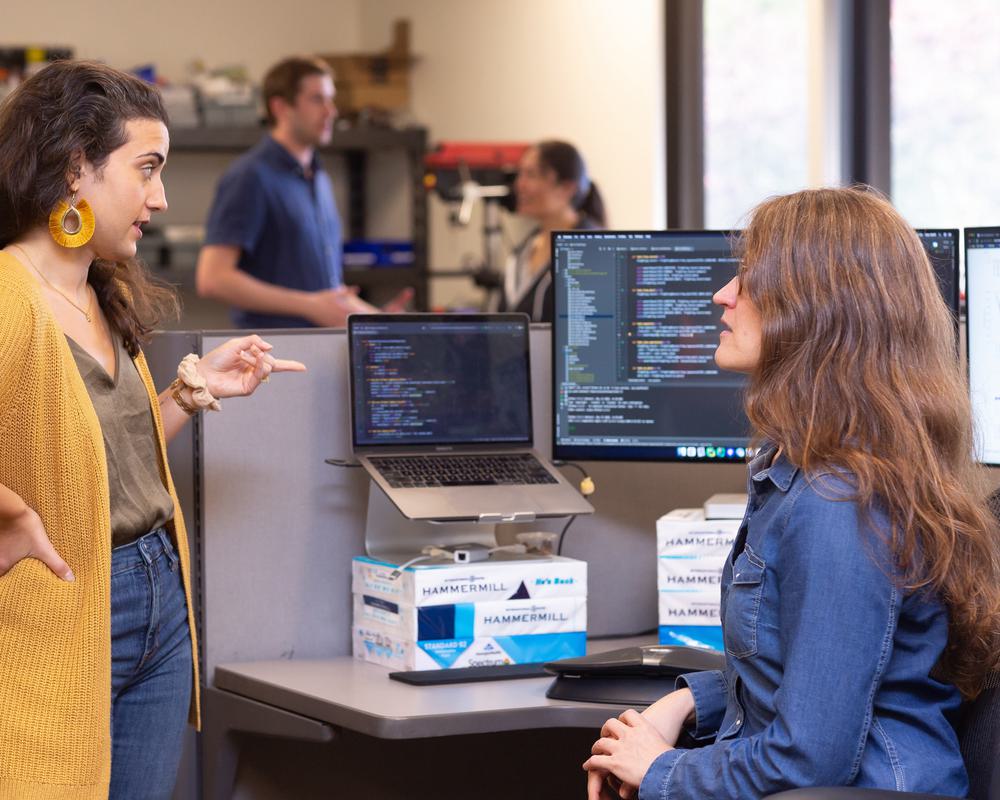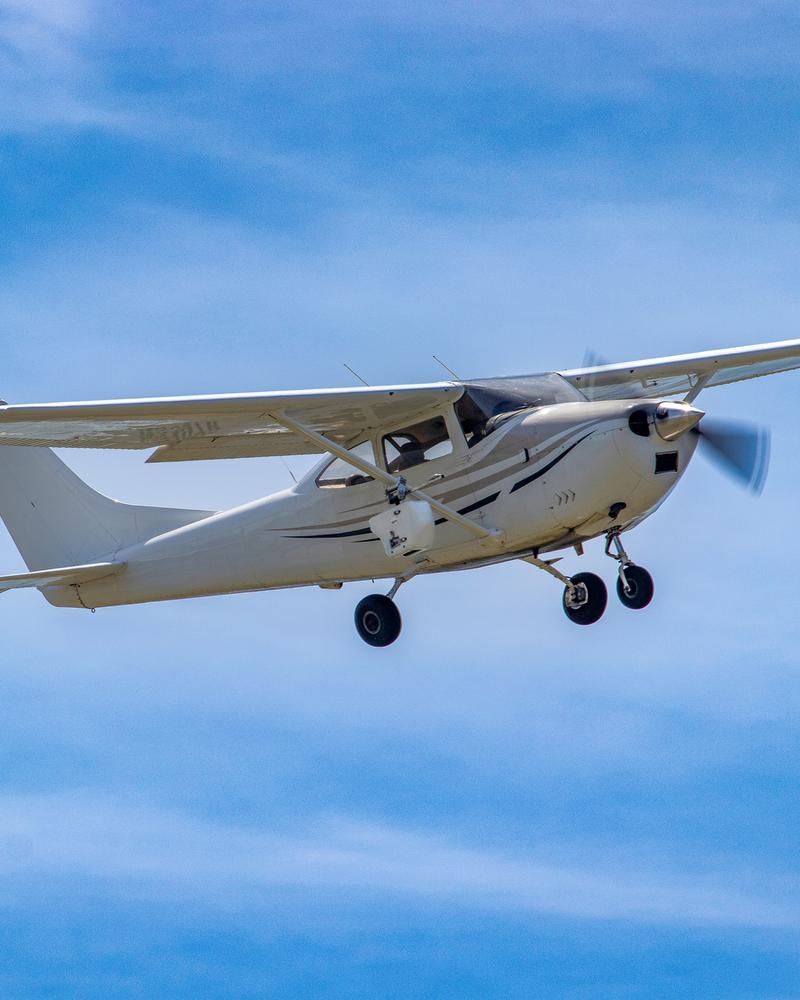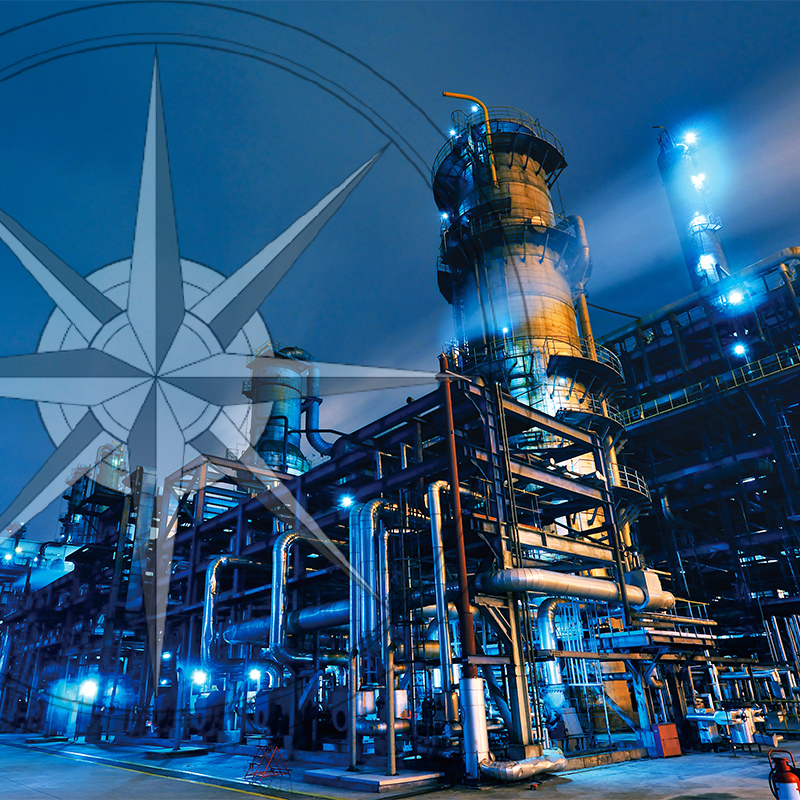
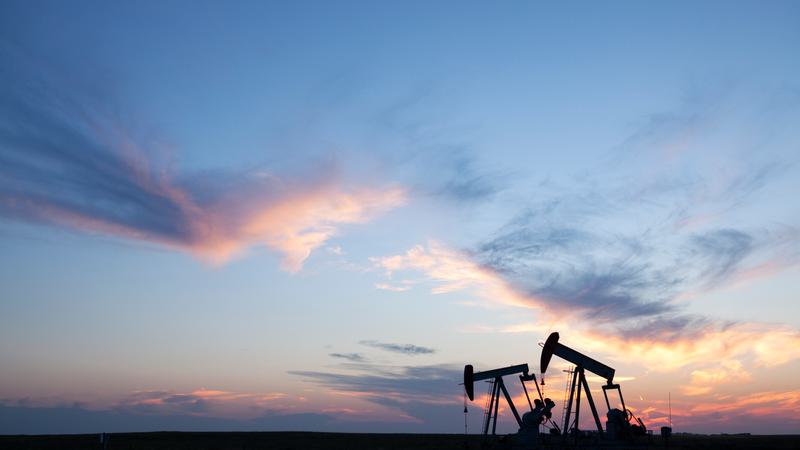
The leader in high-frequency
aerial methane detection
Emissions solutions that maximize profits and generate proof of methane performance
Mere leak detection is no longer sufficient. Operators need a partner grounded in methane science that understands every dollar invested in methane mitigation must directly benefit stakeholders.
“Insight M’s commitment to scientific rigor has been essential to enhancing the external dialogue on methane detection and measurement in the US onshore sector.”
Sam Knaizer
Head of Corporate Affairs, bpx energy
The ultimate proof point
The S&P Methane Emissions Ranking, powered by Insight M, is the industry’s only measurement-based, apples-to-apples comparison of methane performance in each basin.
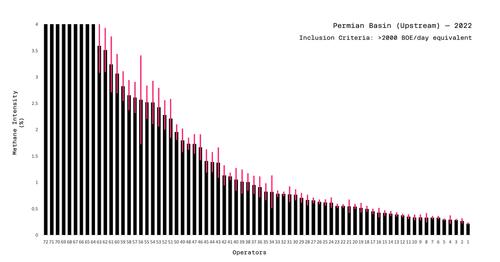
in gas value saved for our customers
of methane mitigated from the atmosphere
Car equivalents of greenhouse gas prevented from entering the atmosphere
Evidence-based emissions solutions
More solutionsScience-backed, customer-focused
Our team is committed to using the best available science to help our customers build a profitable methane program.
